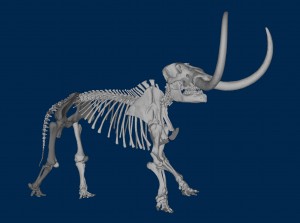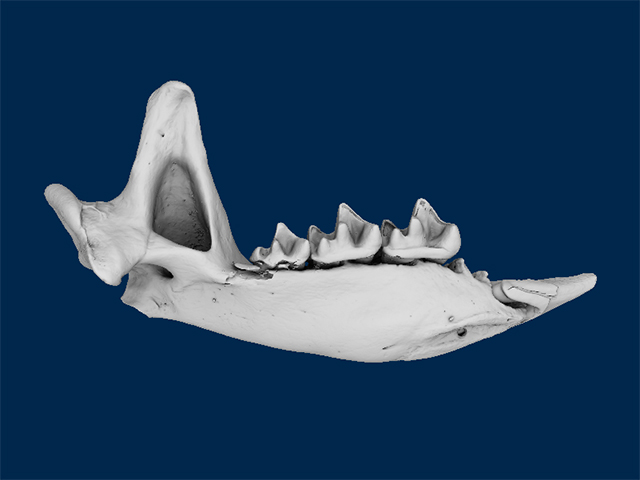Mammals and Relatives
Class Mammalia
Artiodactyla
Perissodactyla
Proboscidea
“Proboscidea” is the order of mammals that includes living elephants and their relatives, going back to the early Cenozoic. Proboscideans possess a “trunk” derived from tissues of the nose, face, and upper lip, and most have “tusks” – enlarged, ever-growing incisor teeth. They arose in Africa and later spread to Eurasia and North and South America. The only living representatives are two species of African elephant and one species of Asian elephant, but many Cenozoic faunas included proboscideans – sometimes several species.
Proprimates
Xenarthra
The superorder Xenarthra includes extant tree sloths, armadillos, and anteaters as well as glyptodonts and ground sloths (which went extinct in the late Pleistocene). Xenarthra means “strange joint”. This refers to unique supplementary articulations present in the vertebral column of these mammals.
Non-mammalian Synapsids
The group Synapsida is the amniote lineage that leads to mammals. It includes all living mammals, their closest extinct relatives, as well as more distant extinct relatives that look superficially quite different from mammals. The technical definition of Synapsida is all amniotes that are more closely related to mammals than to birds. The fossil animals that are synapsids but not mammals are called “non-mammalian synapsids” (these used to be somewhat confusingly called “mammal-like reptiles“). Some well-known examples of non-mammalian synapsids are Dimetrodon, Edaphosaurus, and Kannemeyeria.







































